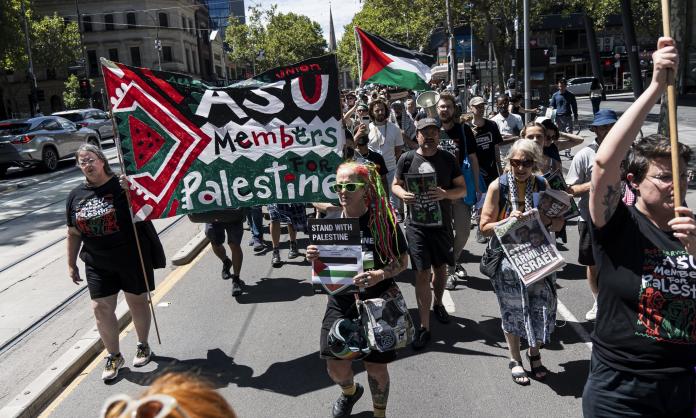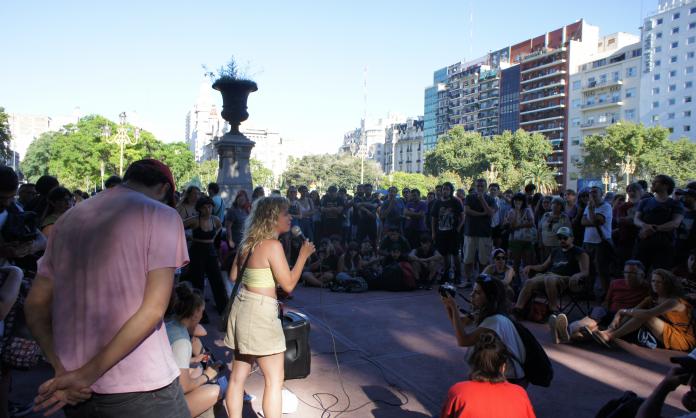While the Albanese federal Labor government says that “securing real wages growth remains a priority”, its actions as an employer suggest otherwise. In enterprise bargaining for the Australian Public Service, it has offered a paltry pay “rise” of 10.5 percent over three years—a significant wage cut in real terms.
The 4 percent increase proposed for the first year falls well short of inflation, which was 6.8 percent over the past twelve months according to the latest data from the Australian Bureau of Statistics. The problem is not only that the government aims to cut public servants’ real wages. It is using its power as a large employer to contain wages growth more broadly, and thus ensure that workers pay for the cost of inflation. That 86 percent of the 15,000 members who responded to the union’s survey opposed the offer is an encouraging sign, prompting its rejection last week.
The union is asking for a wage increase of 20 percent over three years: 9 percent in year one, 6 percent in year two and 5 percent in year three of a new agreement. The claim includes a cost-of-living adjustment for any year in which inflation exceeds the wage increase. CPSU National Secretary Melissa Donnelly argues that, after a decade of wages being held back by Liberal governments, we need “a real pay rise” to catch up.
Although the claim is not as ambitious as Donnelly implies—it would keep us ahead of current inflation but wouldn’t make up for past wage losses—achieving it would be a step forward. The union is also seeking pay equity: some public service employees are currently paid up to 38 percent less than their coworkers.
The government has responded to union demands with proposed minimum salaries for each classification level, but the floors are dismally low. Although the worst-paid employees in a small number of agencies would benefit—notably, those with high proportions of Indigenous staff—the overall effect would be minimal.
ABC Canberra data analyst Markus Mannheim has shown that salaries are already above the proposed floors at most agencies, and only 2 percent of public service employees would get a pay rise under the government’s proposed deal. The average salary gap would decrease, but it would still be 18 percent.
To win our claim, we’ll need to fight. However, there is little indication that the CPSU leaders want one. So far, they have called on union members only to display support for the claim—for example, by wearing red on 7 June. The union has lodged an application with the Fair Work Commission for a protected action ballot, but only at Services Australia, not at any other agency. CPSU leaders have not begun making the case to members that we will need to take industrial action to win. In fact, they didn’t even argue against the government’s offer. They merely asked members to “tell us whether [it] is good enough”.
It seems the CPSU leaders can’t bring themselves to criticise the Labor Party, which the union is affiliated to, and which is now running the government that employs us.
For years, union leaders said that there’s nothing we can do to improve our pay and conditions under a Liberal government, that all we can do is campaign to elect Labor. Union membership declined and delegate structures atrophied, while CPSU officials campaigned for the election of Senator Katy Gallagher, who now leads our employer’s side of the enterprise bargaining negotiations as minister for the public service.
The government’s miserly pay offer indicates, however, that Labor is no friendlier to public servants than the Liberals were. To make any advances, we’ll have to rebuild the union’s strength and be prepared to back up our claim with industrial action.









